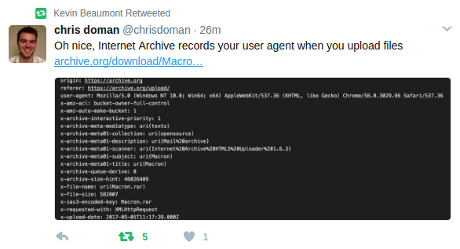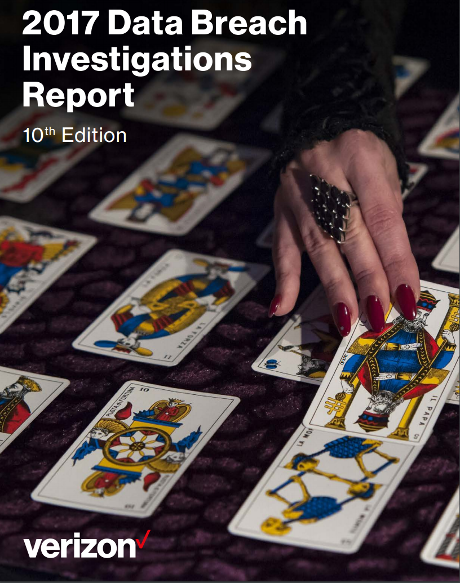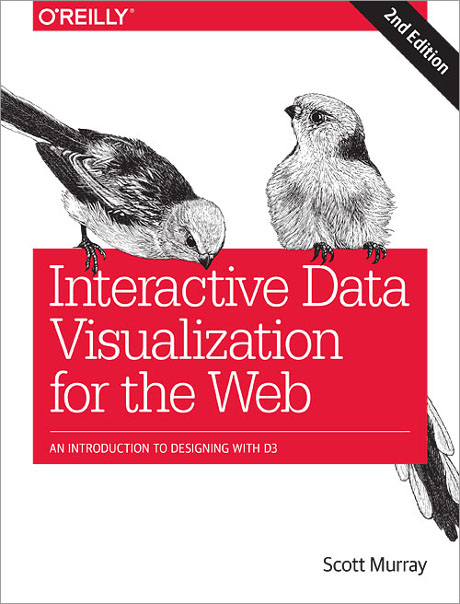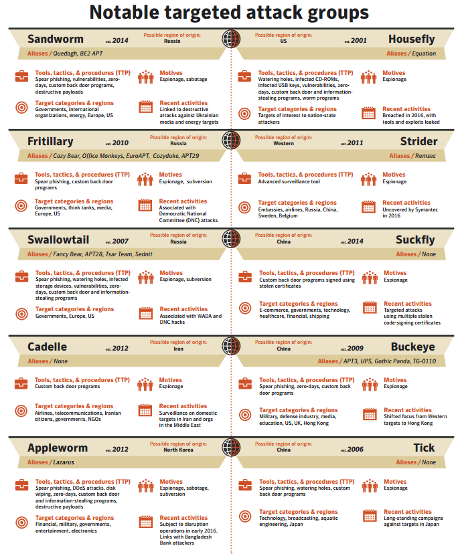Hell hath no fury like The New York Times scorned by Hollywood by Thomas Vinciguerra.
From the post:
GOD, IT’S BEEN SAID, makes a lousy playwright. As far as an upcoming film that spotlights the Pentagon Papers is concerned, though, The New York Times is seething not at the Almighty but at the producers.
In March it was announced that Steven Spielberg would direct The Post, which offers as its backdrop the dramatic story of how the press exposed the federal government’s infamous secret history of the Vietnam War. Liz Hannah, who studied at the American Film Institute, sold her spec script to former Sony co-chair Amy Pascal’s production company last fall. Meryl Streep and Tom Hanks, Variety reported, are “attached to star” as Washington Post publisher Katharine Graham and executive editor Ben Bradlee.
But it was The New York Times—not the Washington Post—that broke the Pentagon Papers story. It is the Times whose name is on the landmark 1971 Supreme Court case that affirmed the right to publish the classified documents. And it was the Times that won the 1972 Pulitzer Prize for meritorious public service for its labors.
Nonetheless, as its title implies, the Spielberg project emphasizes the ancillary role of the Post. Not unexpectedly, Times people from back in the day are incensed.
… (emphasis in original)
Any mention of The New York Times and the Pentagon Papers brings Glory Days by Bruce Springsteen, E Street Band to mind:
I had a friend was a big baseball player
Back in high school
He could throw that speedball by you
Make you look like a fool boy
Saw him the other night at this roadside bar
I was walking in, he was walking out
We went back inside sat down had a few drinks
But all he kept talking about was
Glory days, well, they’ll pass you by
Glory days, in the wink of a young girl’s eye
Glory days, glory days
Well there’s a girl that lives up the block
Back in school she could turn all the boy’s heads
Sometimes on a Friday I’ll stop by
And have a few drinks after she put her kids to bed
Her and her husband Bobby well they split up
I guess it’s two years gone by now
We just sit around talking about the old times,
She says when she feels like crying
She starts laughing thinking about
Glory days, well, they’ll pass you by
Glory days, in the wink of a young girl’s eye
Glory days, glory days
…
To be sure, The New York Times (NYT) broke the story, fought for the right to publish up to the Supreme Court, but what has the NYT done for you or journalism lately?
The NYT, along with others, did publish the Afghan War Diaries, although sanitized as described by Bill Keller:
…
We used that month to study the material, try to assess its value and credibility, weigh it against our own reporters’ experience of the war and against other sources, and then tell our readers what it all meant. In doing so, we took great care both to put the information in context and to excise anything that would put lives at risk or jeopardize ongoing military missions.
What does that mean in practice? Obviously we did not disclose the names of Afghans, except for public officials, who have cooperated with the war effort, either in our articles or in the selection of documents we posted on our own Web site. We did not disclose anything that would compromise intelligence-gathering methods. We erred, if at all, on the side of prudence. For example, when a document reported that a certain aircraft left a certain place at a certain time and arrived at another place at a certain time, we omitted those details on the off chance that an enemy could gain some small tactical advantage by knowing the response time of military aircraft.
The administration, while strongly condemning WikiLeaks for making these documents public, did not suggest that The Times should not write about them. On the contrary, in our discussions prior to the publication of our articles, White House officials, while challenging some of the conclusions we drew from the material, thanked us for handling the documents with care, and asked us to urge WikiLeaks to withhold information that could cost lives. We did pass along that message.
…
Journalists have a role in supporting “…ongoing military missions[?]”
Pointers to any school of journalism that teaches that role? (Thanks!)
Worse, Keller describes the NYT consulting with and acting as a surrogate for the US government in urging Wikileaks to withhold information.
Isn’t withholding information contrary to creating an informed public?
Crowd-funding opportunity: Francis Ford Coppola directs: From Government Watchdog to Mouthpiece – The New York Times






